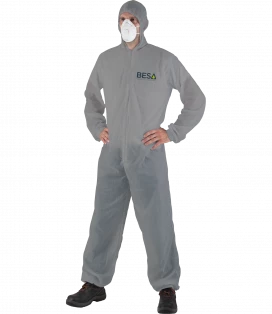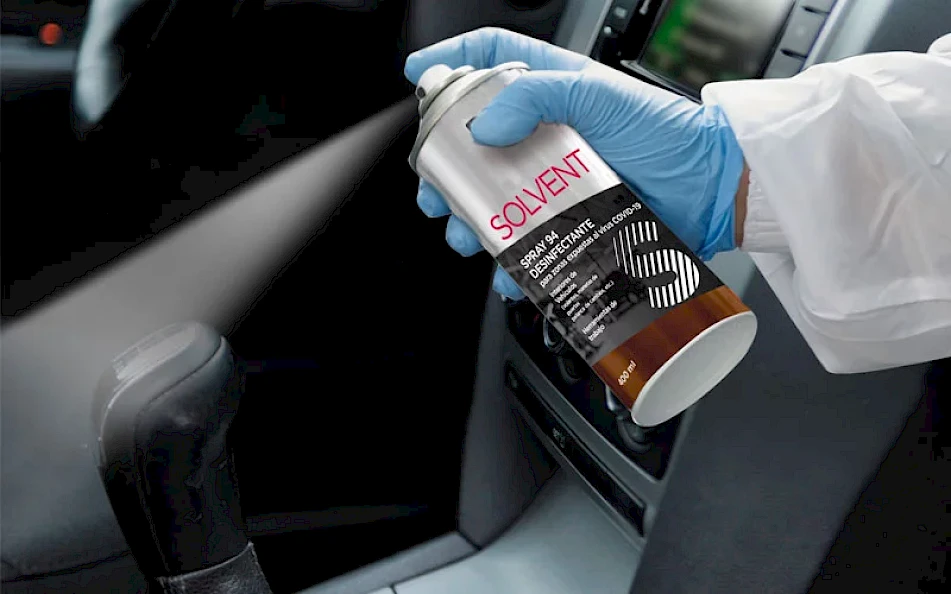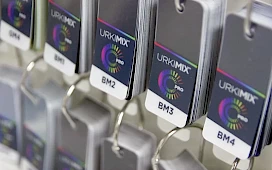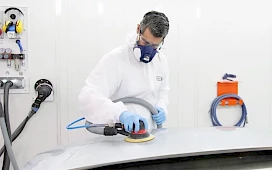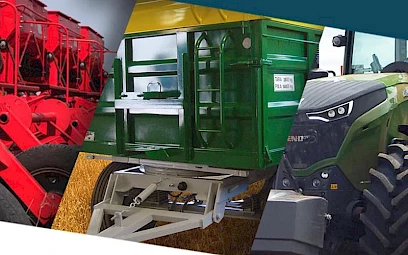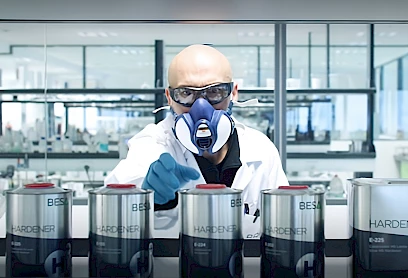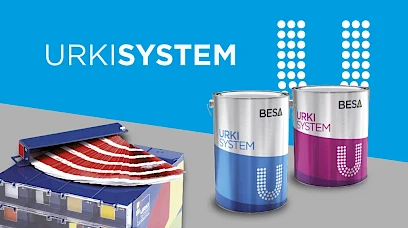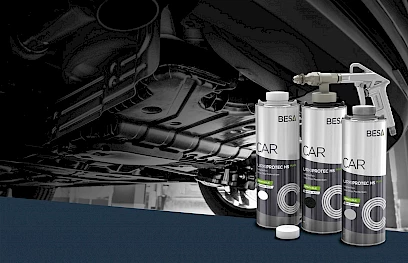What does the comprehensive disinfection process in the body shop consist in?
It is a prevention methodology consisting of 4 steps and based on a powerful spray disinfectant solution, which contains some of the components recommended by the Professional Pharmacists’ Association and the WHO(Propan-2-ol, recommended for Hydroalcoholic Gel formulations) to sanitise areas that are exposed to different viruses and bacteria.
What are the advantages of this disinfection process?
- Easy to use and apply.
- Easy to adopt by the professional team at the workshop in their work routine.
- It does not damage the paintwork.
- Comprehensive process: this includes the entire vehicle management process in the workshop, from the time it is initially received to its final delivery to the customer.
Why is it important to adopt a continuous disinfection process in the workshop?
Based on the action protocols defined by the competent institutions and bodies, this type of preventive measures are recommended to be integrated as another work process within the workshop, becoming an indispensable service to combat the spread of infections and increase customer trust.
To contextualise the importance of a correct disinfection, some Centres for Disease Control and Prevention (CDC) estimate that some viruses can remain on solid surfaces for up to 4 or 5 days, depending on the type of material where they are deposited and the room temperature or humidity:
- Plastic surfaces: remain up to 3 days (21°C).
- Stainless steel surfaces: remain up to 3 days (21°C)
- Metal surfaces: remain up to 5 days (21°C).
- Aluminium surfaces: remain between 2 and 8 hours (21°C)
- In aerosols and therefore in the air of cabin, up to three hours (thus the importance of ventilating the cabin interior).
For a correct disinfection process, be disciplined, maximising cleanliness and hygiene measures.
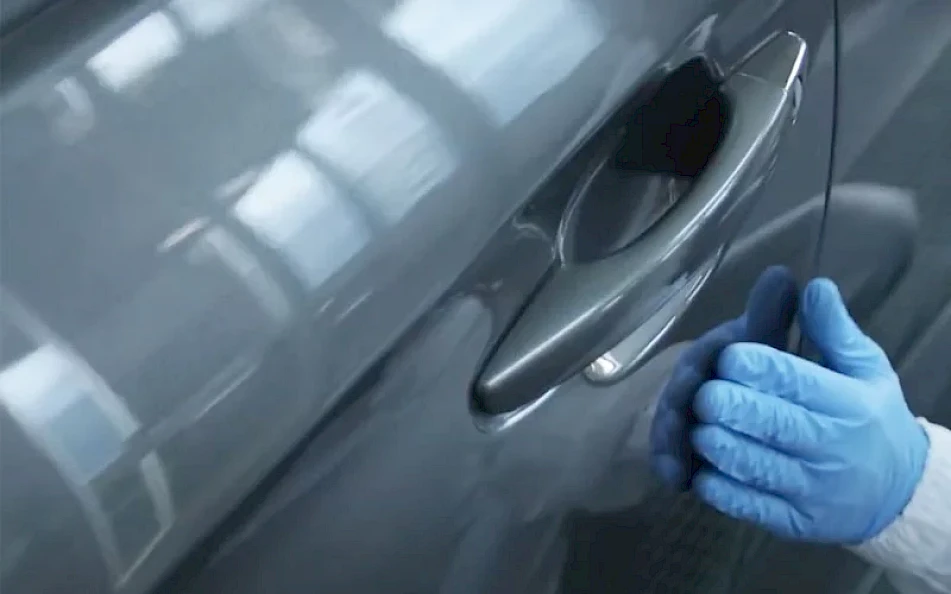
Based on the action protocols defined by the competent institutions and bodies, this type of preventive measures are recommended to be integrated as another work process within the workshop, becoming an indispensable service to combat the spread of infections and increase customer trust.
To contextualise the importance of a correct disinfection, some Centres for Disease Control and Prevention (CDC) estimate that some viruses can remain on solid surfaces for up to 4 or 5 days, depending on the type of material where they are deposited and the room temperature or humidity:
- Plastic surfaces: remain up to 3 days (21°C).
- Stainless steel surfaces: remain up to 3 days (21°C)
- Metal surfaces: remain up to 5 days (21°C).
- Aluminium surfaces: remain between 2 and 8 hours (21°C)
- In aerosols and therefore in the air of cabin, up to three hours (thus the importance of ventilating the cabin interior).
For a correct disinfection process, be disciplined, maximising cleanliness and hygiene measures.
Steps in the comprehensive disinfection and prevention process
1. Receiving the vehicle
The professional in charge of receiving the vehicle must be equipped with the recommended PPE , thus guaranteeing the safety of the reception process, minimising possible infections and conveying trust to the client:
- Nitrile gloves or latex gloves, highly resistant to tensile strength and elongation
- Face masks: we recommend using face mask protection class FFP2 and FFP3 without exhalation valve since these protect and limit the ability to spread the infection.
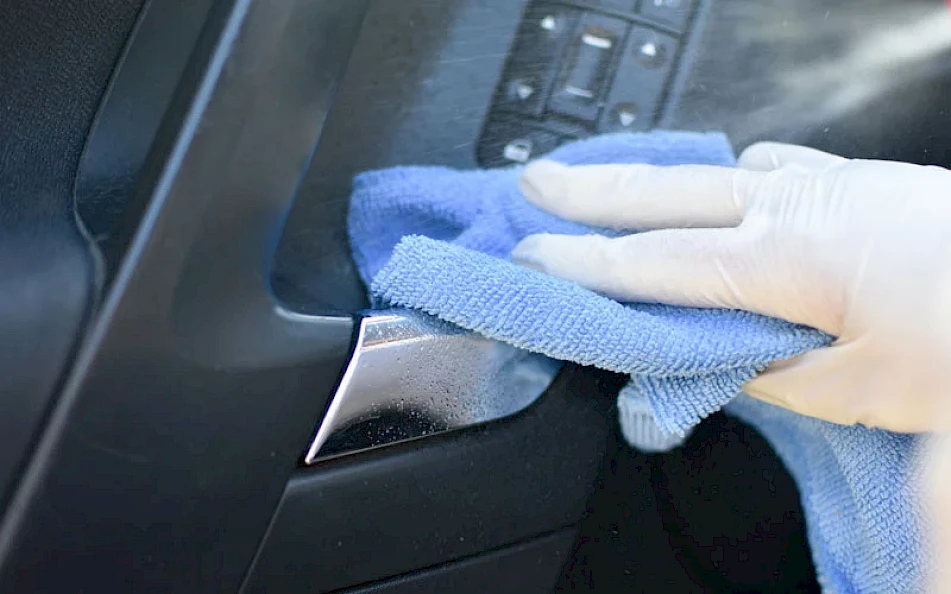
2. Disinfection of work tools and vehicles
The professional in charge of making the repair must be equipped with the following materials and products:
- Nitrile gloves or latex gloves, highly resistant to tensile strength and elongation
- Face masks: we recommend using face mask protection class FFP2 and FFP3 without exhalation valve because they protect and limit the ability to spread the infection.
- BESA Spray Disinfectant Solution: Its Propan-2-ol composition makes it an effective prevention method against different types of bacteria and fungi that can live together inside a vehicle (based on a study by the National Centre for Biotechnology Information).
- Cleaning cloths or wipes.
- Polyester coverall: we also recommend using a polyester coverall, preventing any direct contact of the professional’s clothing with possible areas of contamination.
Once provided with the different PPE and material, separate the tools you we are going to use during the repair, and apply disinfectant spray to them one by one regularly.
Apply to the entire tool surface, since during the repair process, you can pick them up or touch their different surfaces.Then, apply disinfectant spray to the vehicle areas considered as possible sources of infection. Be disciplined and try to disinfect every surface. To do this, it may be useful to draw up a numbered list of the different items to disinfect in the vehicle:
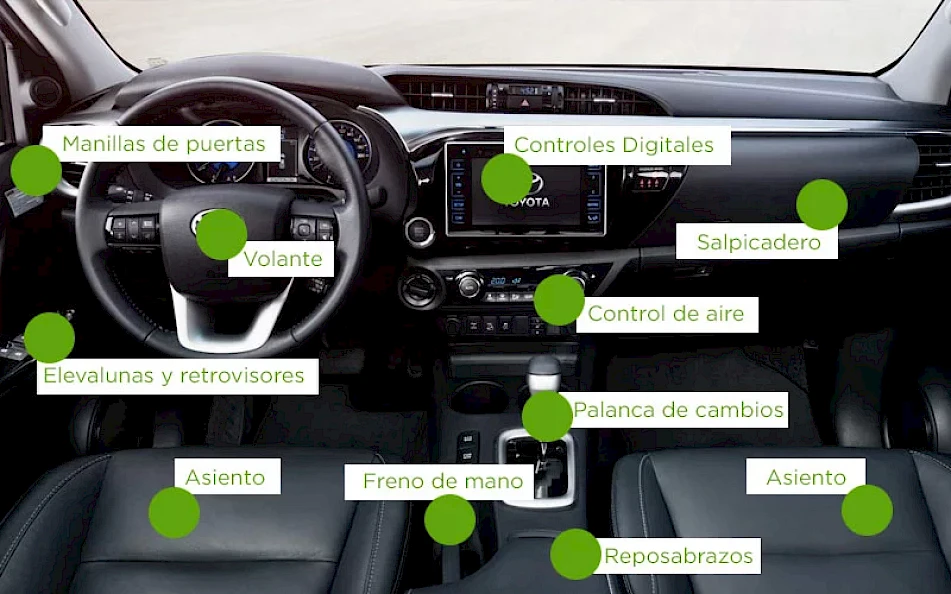
- Steering wheel.
- Gear stick.
- Safety belts.
- Door handles for both opening and closing doors.
- Dashboard: screens, air control, etc.
- Door buttons and switches: electric windows, mirrors, etc.
- Seats.
After applying the disinfectant spray, rub the different surfaces with a clean rag or cloth, making sure not to miss any angle or surface.
Then dry the surface with another clean rag or cloth, and throw it away afterwards.
Finally, do not forget to air the booth and wash your hands after (and before) the cleaning process.
3. Protecting the inner part of the cabin
Before starting the repair, protect different areas inside the vehicle, in order to minimise contact with the sensitive surfaces to be touched while the vehicle is in the workshop.
To do this, cover the seats, the steering wheel and handles, the gear stick and the handbrake with covers and plastics .
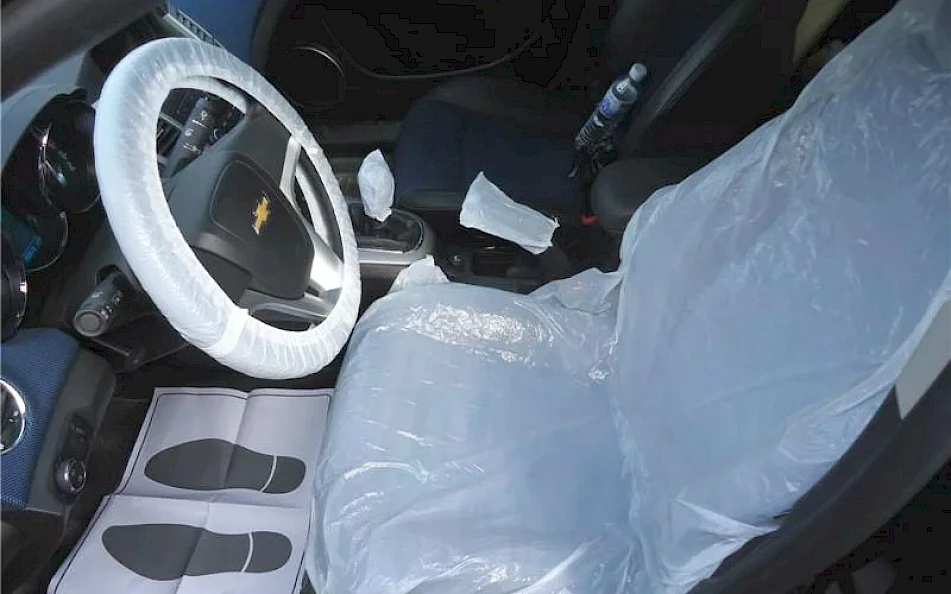
4. Final cleaning before delivery
Once the repair has been completed, and in order to be as cautious as possible before handing over the vehicle to the customer, apply the disinfectant spray again (step 2) to all the surfaces that have been touched during the repair process.
Additionally, wash the vehicle’s bodywork with soap and water.In summary, following all these standardised steps in a disciplined and controlled manner will help to significantly increase safety in the workshop and increase customer trust. Effective cleaning and disinfection will be achieved over time with minimum time investment.







